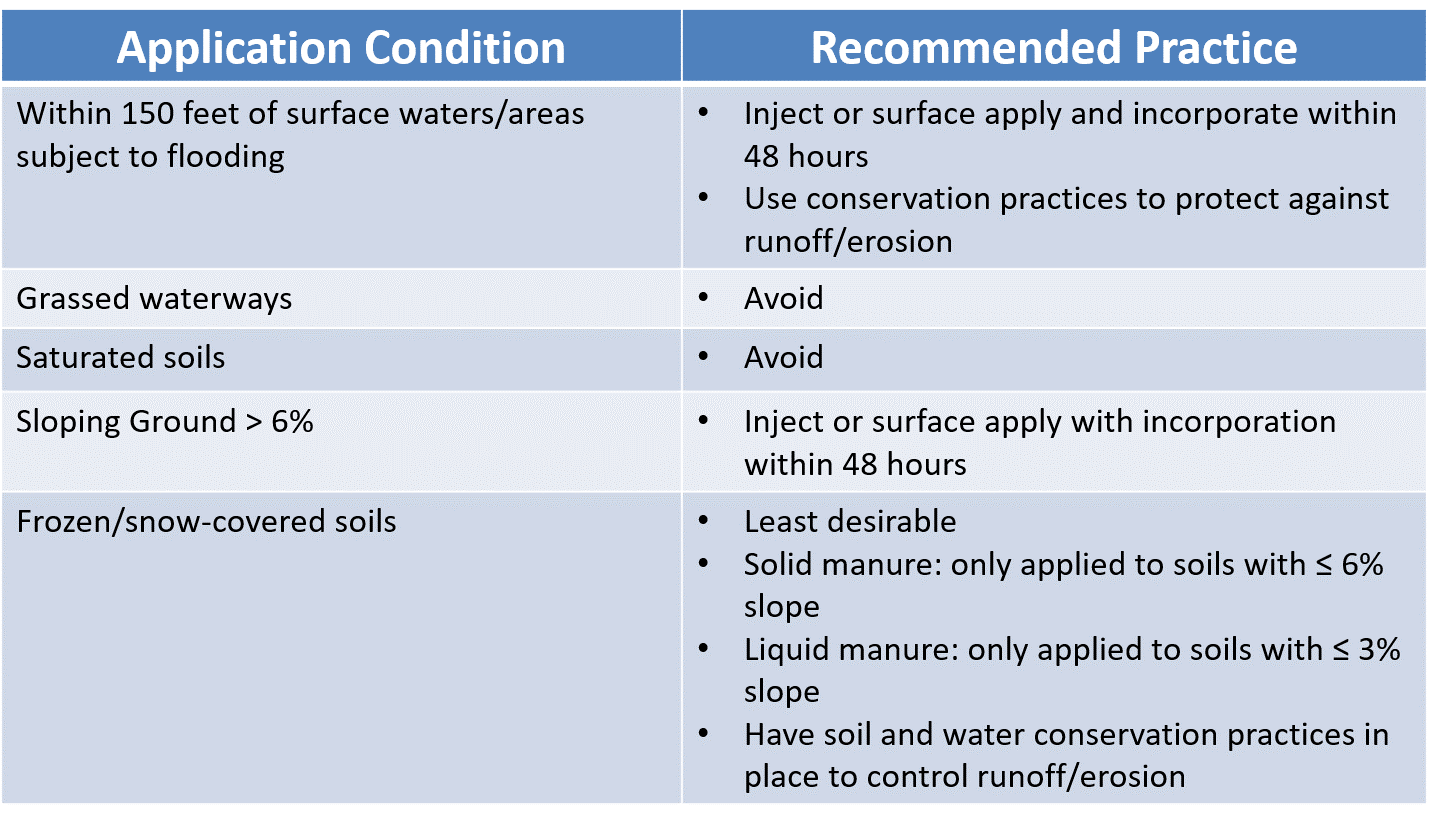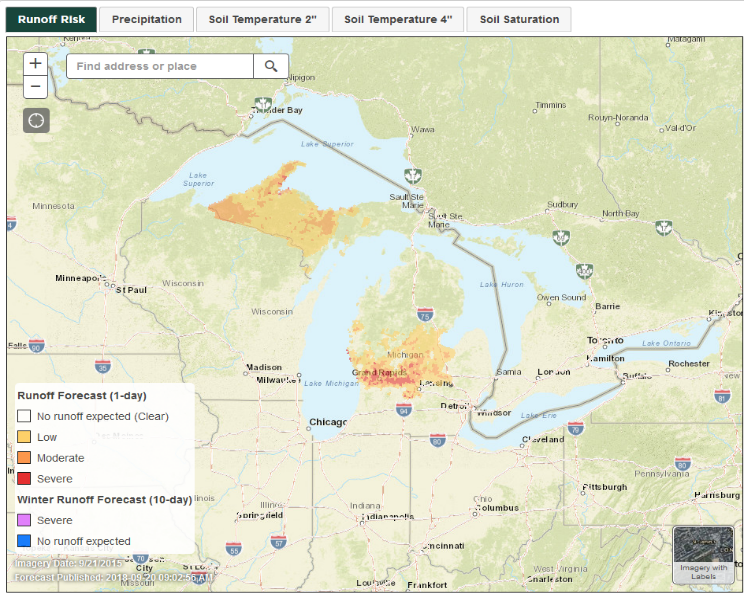An 8 step process for developing a horse manure management plan: Part 4 - Manure transfer and application
It's important to have knowledge of the type of spreader/equipment you plan to utilize for manure transfer and/or application.
Manure Transfer
Whether you are moving manure directly to a storage facility, transferring manure to a field for temporary stockpiling, or applying manure, it is important to have knowledge of the type of spreader/equipment you plan to utilize for manure transfer and/or application. Consideration should go into how much manure the spreader can hold as well as how you plan to put manure into the spreader (tractor bucket, cleaning a stall out directly into the spreader, etc.). Furthermore, having easy access and an efficient route mapped out to and from the manure storage is equally as important as the route to the field for manure application. Proper transfer and placement of manure will ensure success in getting manure nutrients to appropriate locations.
Manure Application: overview
Manure can be considered a low-cost fertilizer source, which may allow for a reduction in the amount of commercial fertilizer. With this in mind, there are several manure application considerations that should be taken into account:
- Slope and drainage of fields – how much of a slope exists and how likely is the manure to runoff?
- Weather forecasts/seasonal conditions – spring vs. fall
- Snow/water saturation levels in fields – if the ground is wet, this can cause issues with ruts from tractor tires, compaction of the soil, and possible runoff of manure nutrients
- Soil and manure analysis results – know what the nutrient levels are in the pasture or field before applying manure.
Manure Application: a closer look at soil and manure analysis
So why do soil and manure analyses matter? Michigan State University Extension recommends conducting a soil analysis before manure application takes place. Soil analysis are relatively inexpensive and are relevant for 3 years. A soil analysis allows you to identify what the nutrient levels are in a pasture or field. A manure analysis allows you to identify the amount of nutrients in the manure. A few of the more focused on nutrients are Nitrogen (N), Phosphorus (P), and Potassium (K). By understanding these analyses, a nutrient balance can be found allowing for maximum yield of the crop being grown, maximum economic benefit, and reduced environmental risk from possible runoff of manure nutrients. This is also important if applying manure to pastures.
According to the 2018 Manure Management and Utilization GAAMPs, the following practices should be followed when applying manure:
- Fields over 150 parts per million (ppm) of phosphorus – no manure application is allowed
- Fields between 75 to 150 ppm of phosphorus – manure application should be based on crop removal
- Fields below 75 ppm of phosphorus– manure applied to meet crop N needs
Manure Application: timing and practice
In addition to application practices and soil and manure analyses, the following timing and application conditions should be taken into consideration as shown by figure 1:

Figure 1: http://msue.anr.msu.edu/uploads/resources/pdfs/Land_Application_of_Manure_and_Environmentally_Sensitive_Field_Characteristics_(E2821).pdf
Manure Application: other recommendations and tools
A tool to help aid in your manure application decision is the Michigan EnviroImpact Tool. This tool allows the user to see if there is the potential of nutrient runoff in the case of precipitation, snow melt, or saturated soil. By using the Michigan EnviroImpact Tool as a decision support tool, you can better plan your manure application helping to keep manure on the field, which will save you dollars all while protecting the environment.

https://enviroimpact.iwr.msu.edu/
In the next article of this Developing a Horse Manure Management Plan series – Part 5, we will dive into the utilization of manure, so get ready!



 Print
Print Email
Email




